Doctors Are Sharing The Rarest Medications They've Ever Had To Administer, And It's Actually Fascinating
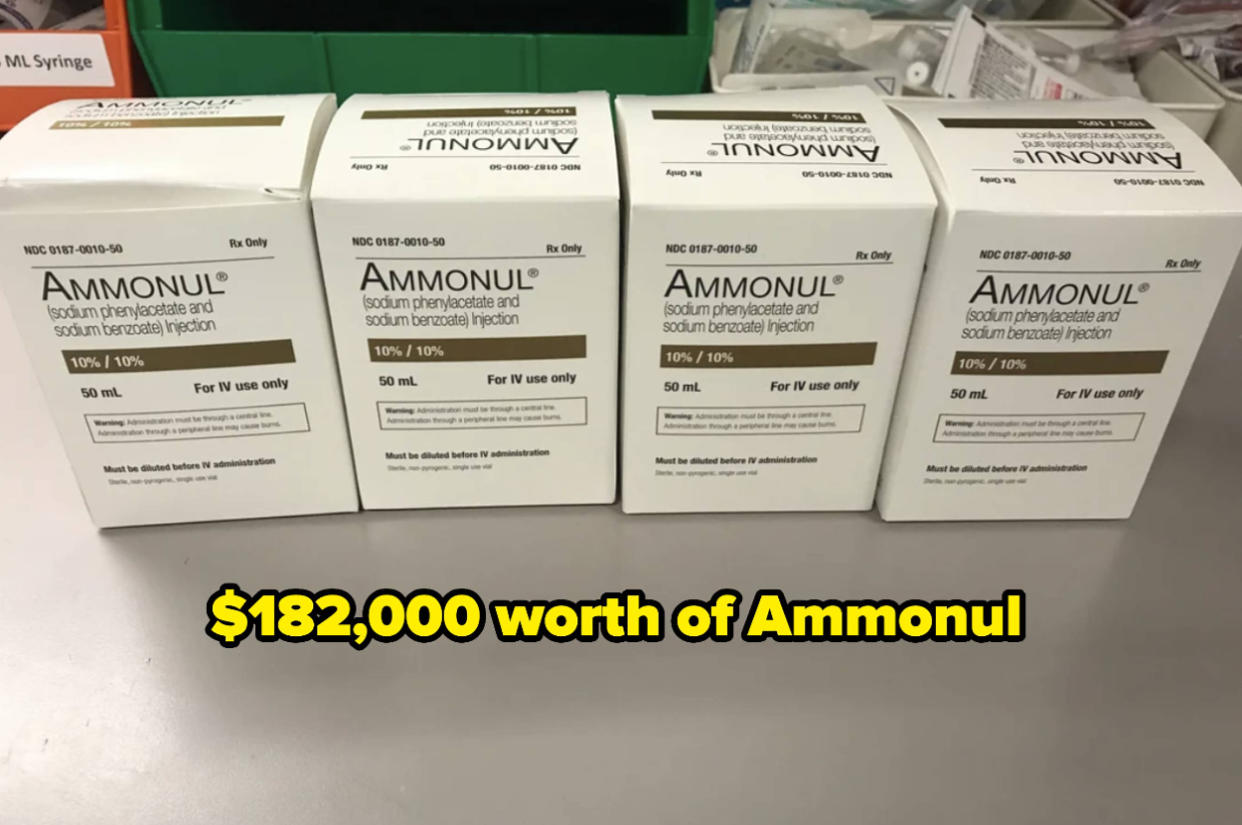
The other day, minding my business at a coffee shop, I came across this thread that asked: "Nurses/doctors of Reddit, what's the rarest/least common medication you've ever had to administer and why?" It sent me down a rabbit hole; I kind of forgot I was in PUBLIC while Googling things like "poop transplants" and "arsenic poisoning."

I apologize to whoever was sitting behind me.
Anyway, I actually learned a TON, and getting educated about rare diseases and medications (and their sometimes WILD prices) was incredibly fascinating. SO, from poisons to candy, let's get into all the notable treatments medical workers shared:
1."In 15 years at the hospital pharmacy, I've twice had to dispense Thalidomide. It's used as an end-stage anti-nausea med and comes very carefully packed, with all sorts of warnings about not coming near it if pregnant, and even has little pictures of Thalidomide babies."
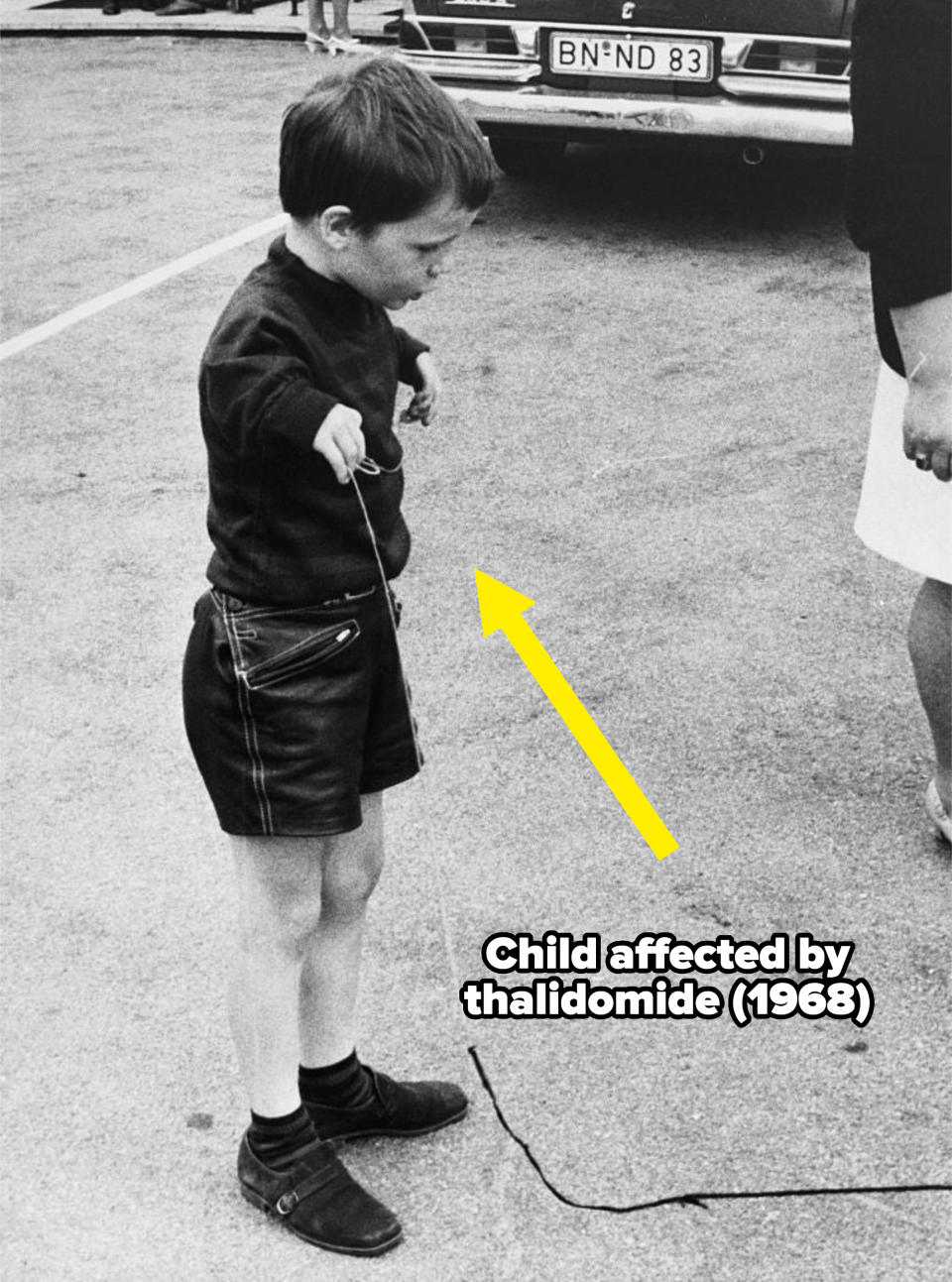
In the late 1950s, thalidomide was prescribed for the treatment of nausea in pregnant people. But in the early '60s, doctors realized thalidomide caused severe congenital disabilities in thousands of children. Today, the drug is used but is restricted for certain conditions, like multiple myeloma and leprosy.
2."I had a woman who was on Ziconotide, which is an analgesic (pain reliever) derived from cone snail venom. If it isn't administered correctly (through the spine), it causes hallucinations."

One study found that ziconotide was 1000x more potent than morphine for treating chronic pain.
3."Respiratory therapist. I gave nebulized morphine to a sweet old lady who was dying very painfully in front of her family. About 12 of us were in the room, including me, the PA who ordered it, and the patient's family. Twelve of us in a tiny room... you know, nebulizing an OPIATE in a tiny room with a lot of people. When the PA and I came out after four minutes and the treatment was finished, I said I felt kind of funny, and the PA laughed kind of weakly and then sat down. My pupils were pinpoint. We also used to nebulize vodka for pulmonary edema, although I've never done it, so I can't vouch for it."
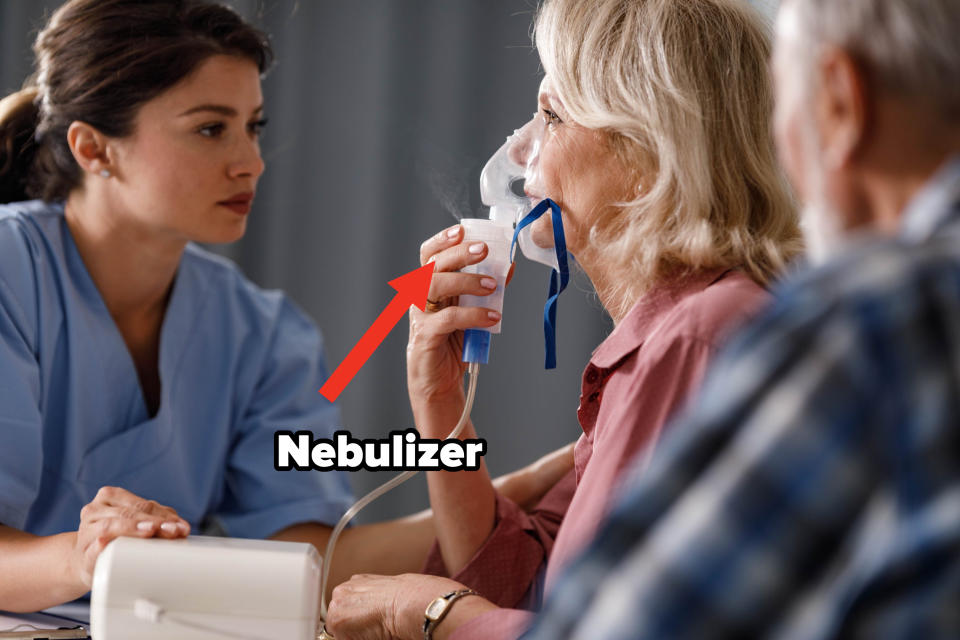
4."A poop/fecal transplantation. At my first internship during nursing school, there was a patient with a bowel infection caused by Clostridium difficile, a bacteria that causes an infection of the colon. A few months before, he was treated with broad-spectrum antibiotics for pneumonia, which led to the infection. They tried other treatments to cure the infection, but nothing worked. Eventually, the patient was accepted into a clinic trial for a fecal transplant. One of his kids was the poop donor. After the transplant, the infection actually cleared up!"
—P_tt
5."Vodka because of methanol poisoning."

Giving a person ethanol (the alcohol found in vodka) delays the onset of methanol poisoning by allowing the liver to process the ethanol first and allows for more time to process the methanol out of the system.
6."Some metabolic diseases are extremely rare but can be treated by replacing whatever enzyme is missing. I've prescribed Idursulfase for Hunter syndrome. It was something like $250k per month and was covered by the state."
GoodRx currently estimates Idursulfase at about $63k a month, or $756k a year.
7."NICU nurse here. Ammonul. I've had to give it to two different patients. It's a medication to help with really high blood ammonia levels in kids who have certain metabolic conditions. The medication is extremely expensive!"
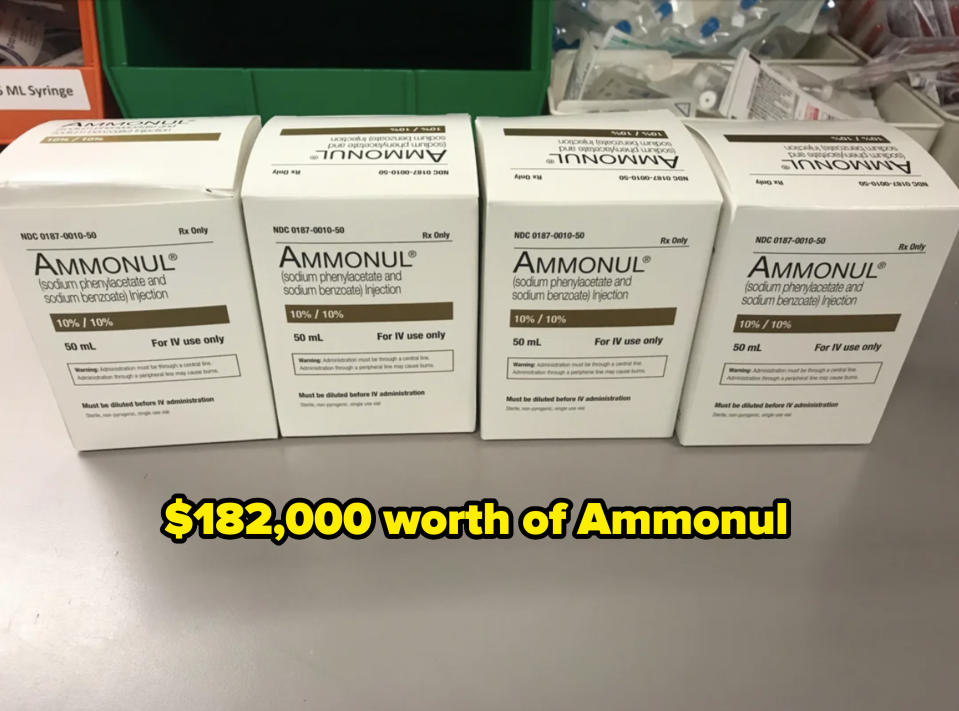
8."Activated protein C. Can't remember exactly, but it was about £50k a dose [at the time]. Used in severe last-ditch sepsis treatment. Not a vial you want to drop."
9."Methylene blue. I gave it to a girl who tried overdosing on Orajel. The active ingredient is benzocaine, which caused her to develop methemoglobinemia, which is treated with the blue drug. It truly is an artificial-looking bright blue, and I gave it to her in her IV."
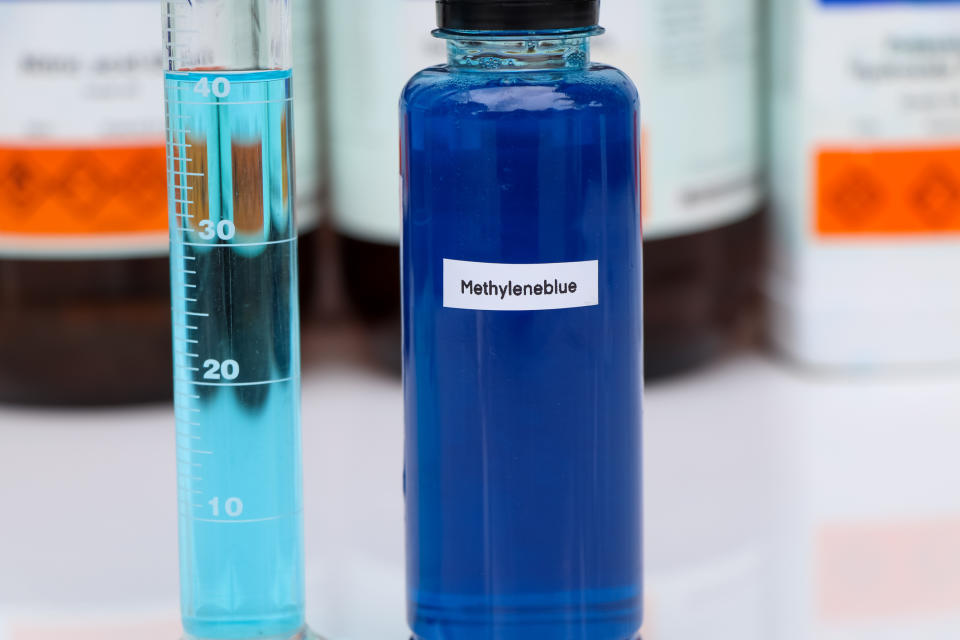
10."Maggots. We had a person addicted to drugs come in who had let an infection go so long in his arm from repeated needle usage that all our attempts to clean it failed. We ended up using maggots to eat away the dead tissue while leaving the healthy tissue intact. The dude just had an open wound full of maggots loosely covered in some gauze for like... several days. The worst part is always having to collect them afterward."
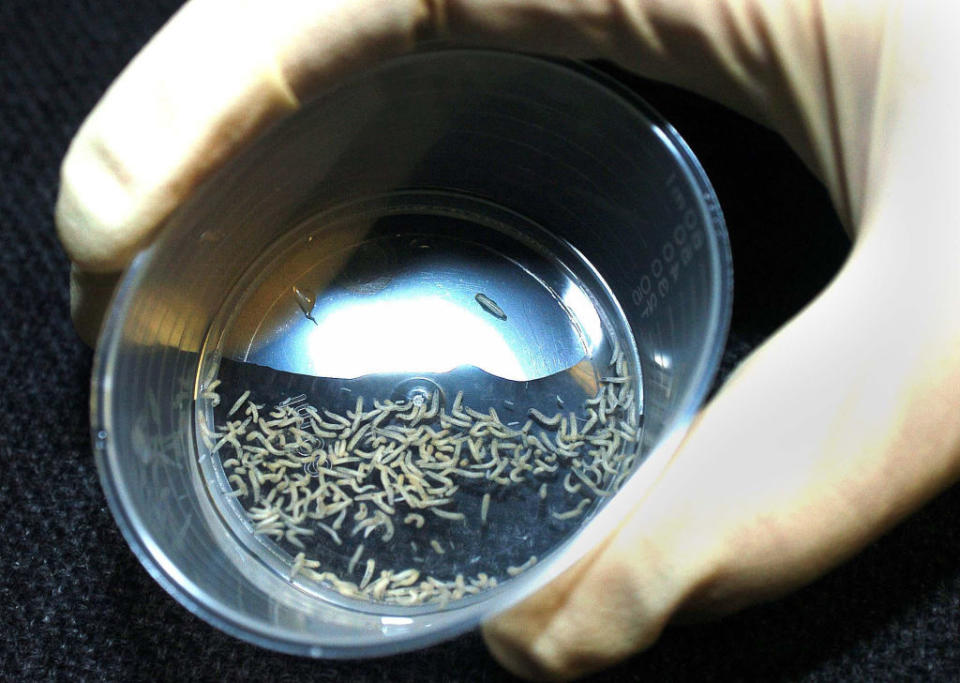
"The other medication most people are shocked by is cocaine hydrochloride. Yep. Cocaine. It's a good vasoconstriction agent and topical anesthetic."
11."It was many years ago, and I was working with end-stage cancer patients. This one woman, who began her treatment outside of the United States, was given a mixture of cocaine, heroin, alcohol, morphine, phenothiazine, and some other antiemetics. It was specially made into a liquid and imported from somewhere in Europe. I remember this med so vividly because it's not every day you give someone heroin. I think it was called something like Brompton Cocktail, and the lengths that were gone to check out and administer a dose of that stuff — we're talking a nuclear code type of system. I have to admit, though, that it worked like magic."
12."Just a medical student and not sure how rare it actually is, but I've seen arsenic trioxide prescribed once for a patient with acute promyelocytic leukemia. I think another arsenic compound is used to treat sleeping sickness, but that's about the only diseases it's used for these days. Once upon a time, it was the best treatment we had for syphilis."
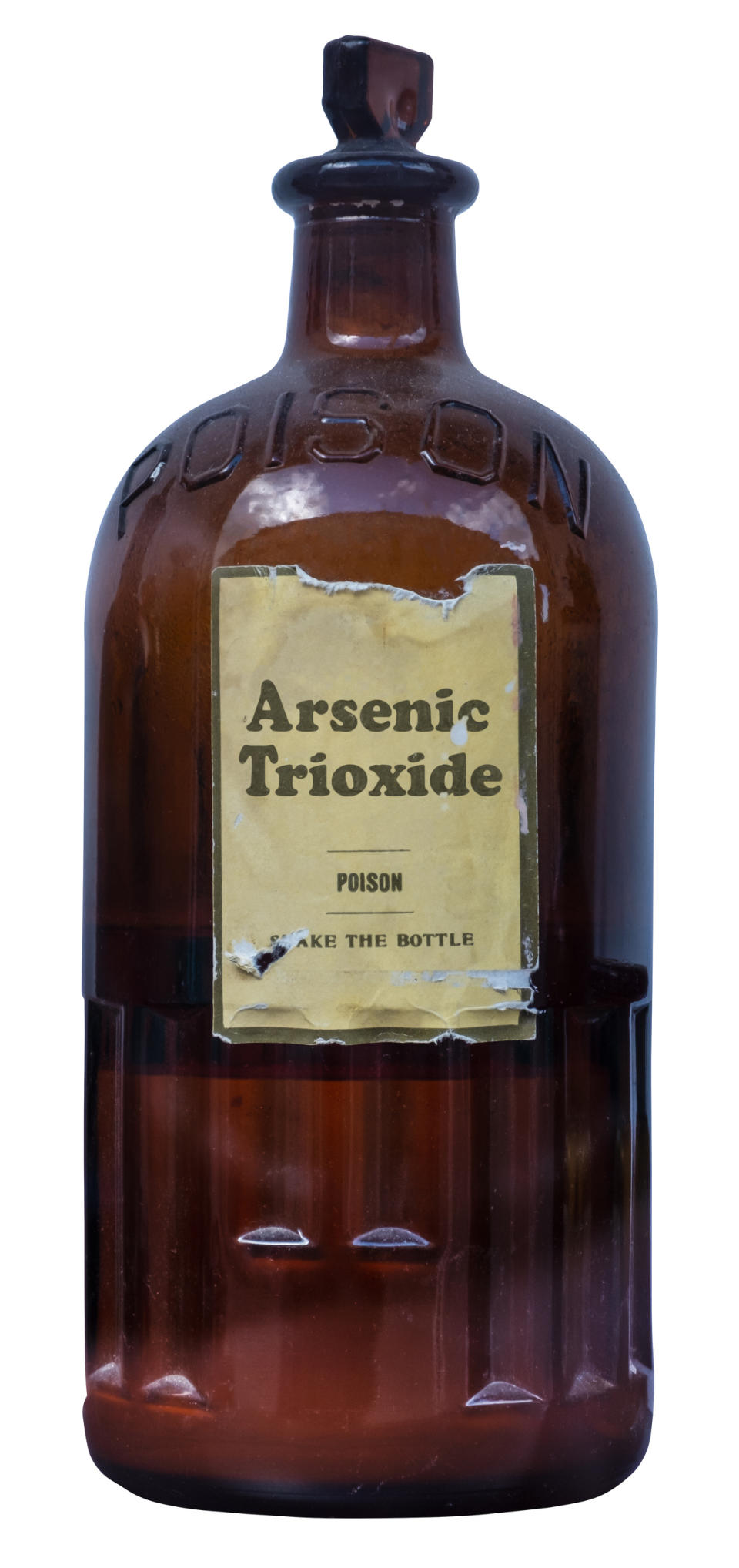
Similarly, "Melarsoprol for trypanosomiasis (sleeping sickness). Arsenic compound. It was shipped directly from WHO headquarters to us. The patient had to be loaded with prednisolone due to toxicity, and we had to remove the peripheral catheter after each dose since it supposedly would react with and destroy the plastic. Totally wild."
Often referenced as the "King of Poisons," arsenic has a murderous history dating back centuries — people from the Roman Empire, Middle Ages, and Renaissance used arsenic as a poison to rid of relatives and rivals. During World War I, it was used for chemical warfare. Still, arsenicals have been used medicinally since ancient times. In the 1970s, doctors discovered arsenic trioxide helped produce dramatic remission in people with acute promyelocytic leukemia.
13."Synthetic blood. Melbourne, Australia, and I think it was a world first at the time. We had a trauma patient who required a blood transfusion. She couldn't accept blood products, however, due to her religious beliefs, so synthetic blood was shipped in from the US, which ended up saving her life. We hadn't heard of synthetic blood, so it was kinda bizarre. This was a few years ago, so I'm not sure if it's more widely used now, but I've not seen it since."
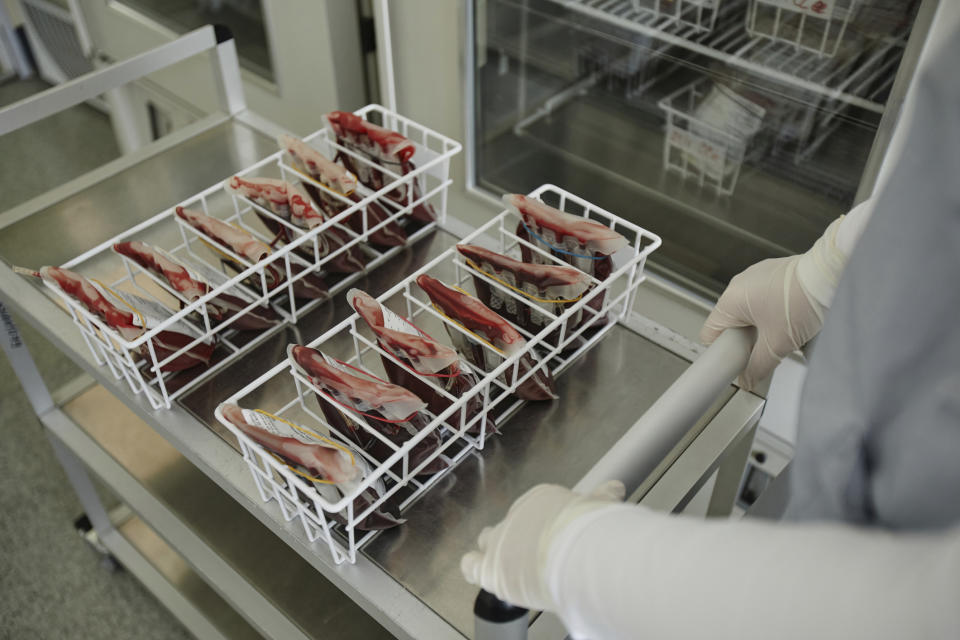
14."Botulinum antitoxin, a treatment for botulism poisoning. It cost about $15k twenty years ago. The vial came from the CDC and contained four doses. The nurse delivered the first dose and threw the rest away, not understanding there were no other single-use vials."
15."I gave an old man an M&M one time when he was demanding a sleeping pill. Blood pressure was too low, so the doctor wouldn't order a real one. Worked great."

16."Whiskey. I had a patient with dementia who used to drink one glass of whiskey every night before bed for the last 40+ years. She wouldn't settle at all without it and became a huge fall risk as she broke her hip a few weeks earlier and was struggling with her mobility. We had a doctor prescribe 25 mL of whiskey once per day and had a bottle brought to the ward for her. It was funny signing it off on her meds chart every night."

And lastly:
17."Sodium thiopental, or ' truth serum.' In residency, someone had a conversion disorder in a movie theater. The entire place clears out after the movie; his buddies are talking and realize he's not getting up. He finally tells them he is paralyzed and can't move. Medics brought him in, and he's lying on the gurney in the sitting position like he's an astronaut. I walk into the room and think to myself, 'Whaaat the fuuuck?' I take his history, return, and present him to my attending. Attending asks me what I want to do. I'm at a serious loss here; I have no fucking clue other than wait him out — nobody's core is that strong. He says we should give him thiopental."

"Of course, I say, let's do it. We go in with just a nurse and us. He turns the lights off, and the nurse pushes the meds. My attending proceeds to talk this guy down with confidence and empathy, like he's walking him through the worst LSD trip ever.
Sure enough, my attending asks him to realize that his arm is attached to his chest, which is attached to his back, which connects to his neck, which connects to his brain. He tells the guy, 'Now is the time to move your arm.' The kid moves his fucking arm! AMAZING. After a bit longer, the kid lies flat. Soon enough, he's up and moving. Craziest shit I saw that year. Emergency medicine. Still not dull 10 years later."
Have you ever received a weird treatment or extremely rare (or wildly expensive) medication? Let me know in the comments!
Note: Some responses have been edited for length and/or clarity.


